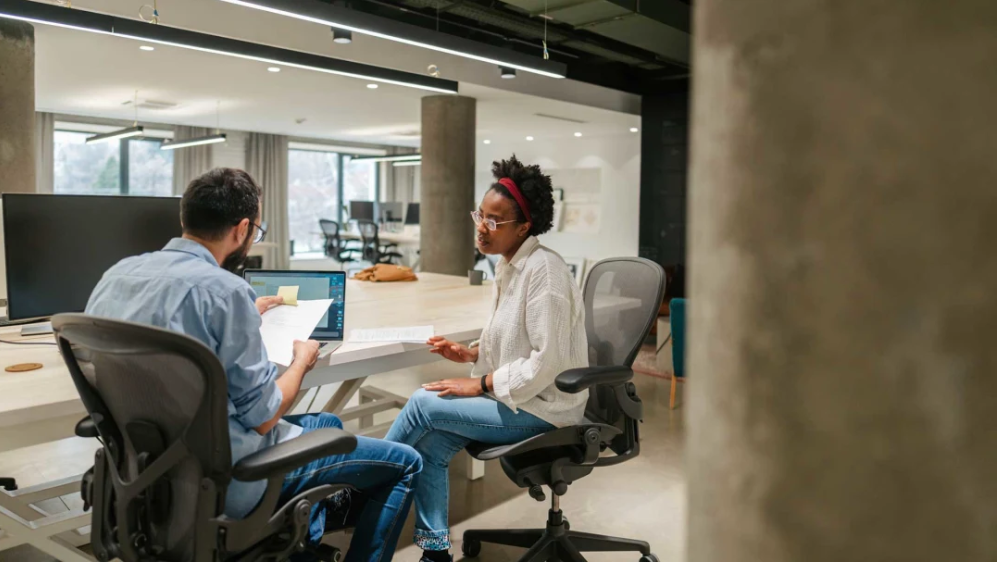I have previously discussed strategic positioning and how your organization can adopt various models or archetypes to secure a competitive edge.
But there’s another way to think about your strategic position in the market from the inside out. In other words, there is a way to think about creating a competitive advantage based on evaluating your organization’s internal resources.
This model, introduced in 1991, is called VRIS–which is short for valuable, rare, inimitable, and sustainable.
Let’s dig into the four elements and see how we can apply them to create competitive positioning for your organization.
When you honestly assess the resources in your organization, where do you find the most value? It might be in your equipment, plan, intellectual property, or even people with expertise in a specific topic or niche. The key is whether your customers or the marketplace considers these valuable resources. While you might think the patent you hold is valuable, the market doesn’t. You don’t have the seed of a competitive advantage.
Rare
What assets or skills does your organization have that no one else has? Or that are scarce and hard to find? This could be like owning a diamond mine, where there’s just such a limited supply that they are rare. You could contrast this with, say, an oil well. While oil is valuable, it’s not especially rare–so it becomes harder to use it as a source of competitive advantage. Another area to look for rare resources is your people. Maybe you have assembled a group of super-geniuses who rank among the smartest people in a specific area. That kind of expertise can be a significant advantage in the marketplace.
Inimitable
How easy is it for someone to copy or come up with a facsimile of what you developed? The more difficult something is to imitate, the more significant the advantage you have. This is where something like patents comes into play, making copying your IP or capabilities difficult. Consider an example of high-end luxury watches that feature a unique design. Sure, people can imitate the general look of your watches (and sell them on the cheap), but they can’t copy your offering perfectly–which gives you a potential advantage. Another example is a drug company that has patented a drug’s molecule structure, enabling you to prevent a knockoff competitor.
Sustainable
It’s one thing to get a jump on the market. But it’s quite another to sustain that advantage over time. If you have a valuable and rare resource, for example, you might be able to use it briefly before you deplete it. Thus, your advantage goes away. The idea is to find ways to build a sustainable competitive advantage long into the future. Consider how a drug company might be able to extend its patent by improving the efficacy of a drug by continuing to tweak its molecular structure. In this way, the company can maintain its competitive advantage by offering something valuable, rare, inimitable–and sustainable.
Rethinking Competitive Advantage
Even though the VRIS model was introduced decades ago, it remains highly relevant today when helping your organization develop a lasting competitive advantage. So, take a long, honest look at your organizational resources and see where you have areas that are simultaneously valuable, rare, inimitable, and sustainable. If you do, you have the building blocks of a decisive competitive advantage.



